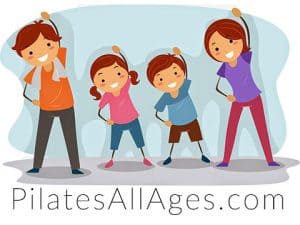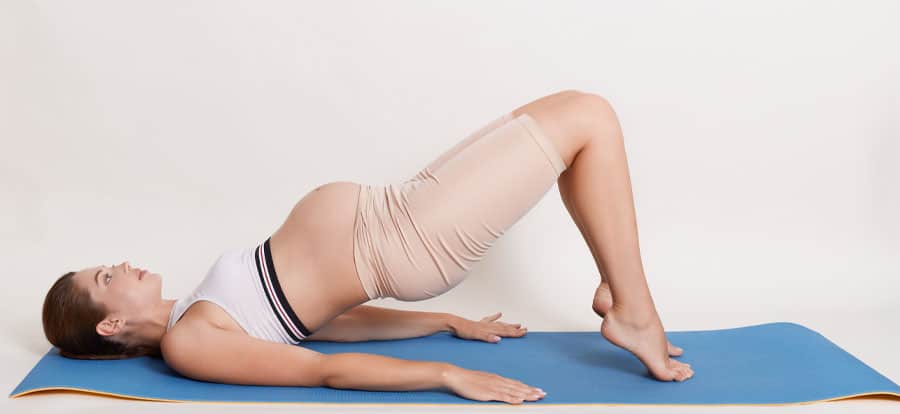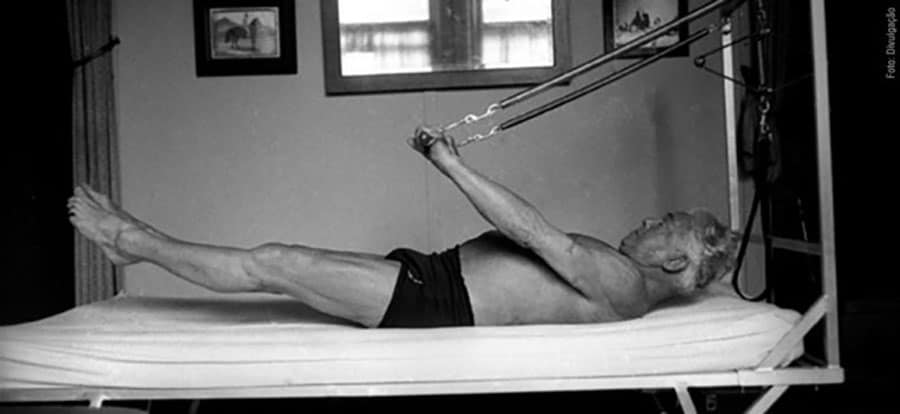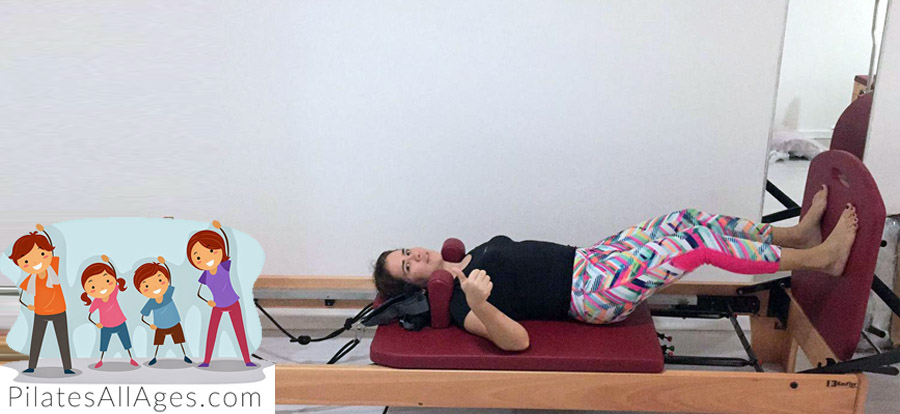The practice of Pilates has existed for some years, but it has become more popular for a short time now, starting mainly in physiotherapy clinics, largely because of the benefits that the activity brings to health. Despite this, over time Pilates gained space in gyms, and although it has abilities that are aligned with the improvement of issues such as weight, on a smaller scale, the main focus of the exercise modality is to achieve greater body comprehension, conditioning the physical and the mind and gain control over the body.
The exercises work by toning muscles, helping balance and motor coordination, which makes Pilates a practice that is good for all ages. This is because physical limitations, in terms of practice, are much more linked to custom and respecting the limits of each body, than in some innate difficulty of age. We can list benefits and care that affect each age group, however, we remember that it is important to have a specialist monitor, as certain exercises can better fit the age limitations of each person, without forgetting that this sometimes varies from person to person.
Pilates for children
From 12 years old it is already interesting to practice Pilates. That’s because much younger children lose attention and concentration quickly due to their developing mental state. Thus, at the age of 12, there is a sense that the child will respect the activity and carefully receive the benefits. As the exercises have a low impact, it is important to know that there is no damage at any age, even as a child, but the mastery of more complex positions comes with increased flexibility. The main benefit comes from the improvement of motor coordination, spatial notion, which dialogues with the first learning phase, in addition to contributing to cervical alignment, which is greatly hampered by poor posture, especially for carrying backpacks, sitting wrong at school, etc. . The practice prevents postural deviations, corrects addictions early and even helps in maintaining weight during the growth phases.
Pilates for teenagers
The practice remains beneficial, especially since it is still a school age, some of the problems of childhood are still in force and, above all, it is necessary to take special care with the weight in a development phase. Pilates helps to develop the body well at puberty, because with the changes, discomfort in posture can be found, especially for those who grow up fast, the famous “stretch”.
Pilates in adulthood
It is usually here that Pilates is practiced the most, even seeking to beautify the body through exercises that help to tone muscles, but in adulthood is when we have to correct bad habits and problems, especially in the spine. The gains in health are intense, both for women and for men, although in the case of women there is the advantage that Pilates also helps in pregnancy.
Pilates during pregnancy
For everything you should consult specialists and doctors, but during periods of pregnancy this gains an air of exceptional care. That’s why I separated a separate item. Generally, Pilates can be practiced until the end of pregnancy, always with medical supervision. Having an exercise routine greatly improves the health of the mother and baby. Exercise plans for pregnant women are often differentiated, even helping with swelling. For those who practice during pregnancy, recovery is also faster in the postpartum period. After the quarantine period, mom can now go back to her classes normally.
Pilates for the elderly
Perhaps one of the times in life where you have the most to gain from Pilates is old age. With age comes the loss of muscle and bone tone, this is something common to age, but with greater awareness of the body, improvement in balance and muscle strengthening, it is possible to compensate a large part of this natural loss, preventing falls, improving circulation, decreasing muscle spasms and breathing. Even for those with osteoporosis, it is possible to help compensate for bone weakness with stronger muscles. Increased flexibility helps a lot with back pain, and ends up being ideal for taking care of health at this age.
Despite this, elderly people are often better at Pilates than teenagers. A position can be made by anyone regardless of age. This is because the physical and the limitations are particular to each one. Despite having exercises that can be indicated by the instructor as best for each age, Pilates is only to know yourself and respect your limits, expanding them with care. So medical monitoring and respect for limits, expanding practices with time and custom is very important.



